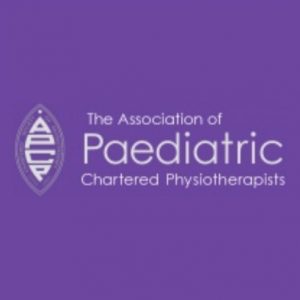Publications

Intra-rater reliability of clinical measures of leg function, in typically developing children aged 1-4 years
Authors: R.Rapson, J.Marsden
Affiliations: Torbay and South Devon Healthcare NHS Trust; Faculty of Health and Human Sciences; School of Health Professions, Plymouth University, UK
Journal: Association of Paediatric Chartered Physiotherapist Journal - June 2016, Volume 7, Number 1, Pages 14-22 (DOI: not applicable)
-
Field & Applications:
- Medical
- Neurology
- Pediatrics
Purpose: To develop a battery of measures of leg range of motion, muscle tone and indicators of strength for use in clinical trials in non-ambulant children with cerebral palsy, and to test intra-rater reliability in typically developing (TD) young children.
Method: Fifteen healthy children, five boys, with a mean age of 29.6 months (SD 9 months) were tested. Equipment including a footboard, digital inclinometers, Myotonometer, Ultrasound and tape measurement was used. The measures were repeated seven days later.
Results: The Intra-class Correlation Coefficient (ICC) reached acceptable levels of reliability for seven of the fifteen measures; slow hamstring (ICC=0.84), fast hamstring (ICC=0.79), Myoton F (ICC=0.74) and Myoton S (ICC=0.73), muscle girth (ICC=0.95), ultrasound circumference (ICC=0.71) and depth (ICC=0.76) of rectus femoris.
The battery was feasible for use in the home with young children. Intra-rater reliability was shown for seven tests for TD children.
A battery of tests was designed to measure neuromuscular leg function in typically developing young children (1-4years). The test battery included measures of range of movement, muscle tone and indicators of muscle strength at the hip, hamstrings and ankle. The battery of tests was shown to be feasible to carry out in the home with young children. Novel testing methods were developed and
trialled in an attempt to improve accuracy in clinical measurement. In particular the use of dual digital inclinometers, and the myotonometer provided excellent reliability results and should be considered for use in future trials. As the ultimate target group are children with developmental delay and CP who are non-ambulant, previous work investigating the reliability of outcome measures in these groups, as well as studies in TD children informed the selection of the tests used. This battery of tests will need further development to improve the reliability of those tests that have not achieved acceptable levels and reliability testing with children with CP prior to use in clinical trials.


